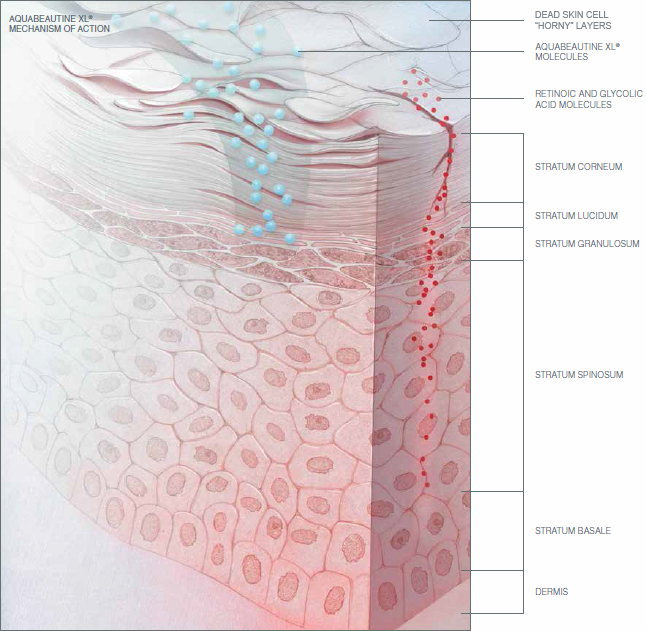Sofwave is here! Plus: Try Something New Summer Sale LEARN MORE
- About
- Cosmetic
- Conditions
- Injectables
- Lasers
- Skin Rejuvenation
- Signature Treatments
- Medical
- Gallery
- SHOP
- Contact us
- Book Now

The newest generation of lasers is based on pulses that are short—a trillionth of a second, called a picosecond. These high intensity pulses are on for such a short time and do not generate significant heat in the skin. Picosecond lasers were originally developed to target tattoo pigment, but after introduction there was a new finding—these lasers could cause new collagen to be stimulated by their mechanical effect on the skin deep under the surface. This way, picosecond lasers can cause smoothing and a vibrancy to the skin without the swelling, discomfort, and downtime of 3-7 days associated with other fractional devices which use heat to stimulate skin renewal.
The picosecond lasers are excellent at targeting pigment—both in brown spots related to sun damage, as well as background pigment accumulated over years of sun exposure that can lead to a dull complexion. Picosecond lasers are high energy devices that can break up pigment on contact and sometimes produce visible results by the end of treatment that continue to improve for several weeks, leading to a radiant complexion.
One of the most difficult forms of pigment to treat is melasma – or the blotchy pigment often associated with pregnancy or hormone use. Melasma can be very difficult to treat with other lasers where it tends to reoccur and sometimes returns far worse than it started. With Picosecond lasers the skin can be gently treated to fade the melasma without stimulating new pigment to occur.
Dr. Margo Weishar, MD
Founder/CEO, Patti Pao, discovered the power of the Aquabeautine XL® hatching enzyme while on a tour of a salmon hatchery in Western Norway. She noticed that the workers’ hands, which were submerged in the hatching water all day, looked as if they were in their 20’s, while their faces looked much older than their actual age. Baby salmon release this enzyme in order to get out of their egg shell. Unlike a chicken, who can peck its way out of its eggshell, a baby salmon needs assistance. This is because the salmon egg membrane is very tough and rubbery. When they are ready to be born, they release the hatching enzyme. The hatching enzyme carves a hole in the eggshell creating an opening that the baby salmon swim out of unharmed.
The hatching enzyme is too large to penetrate beyond the second layer of skin (see big blue dots below). The enzyme is designed by nature to digest only the dead skin cells because if it harmed living cells, it would damage the baby salmon. This is why when applied to human skin, the hatching enzyme sits at the “horny” layer of skin where it continuously digests the dead skin cells leaving the living cells untouched. In contrast, retinols and glycolic acids (see small red dots below) are small molecules which work by chemically burning through layers of living and dead skin cells. This results in thinning the skin making it sensitive to UV light and results in the appearance of red and flaky skin.
*The above article is shared directly from the product line website. You can find the original post here.
